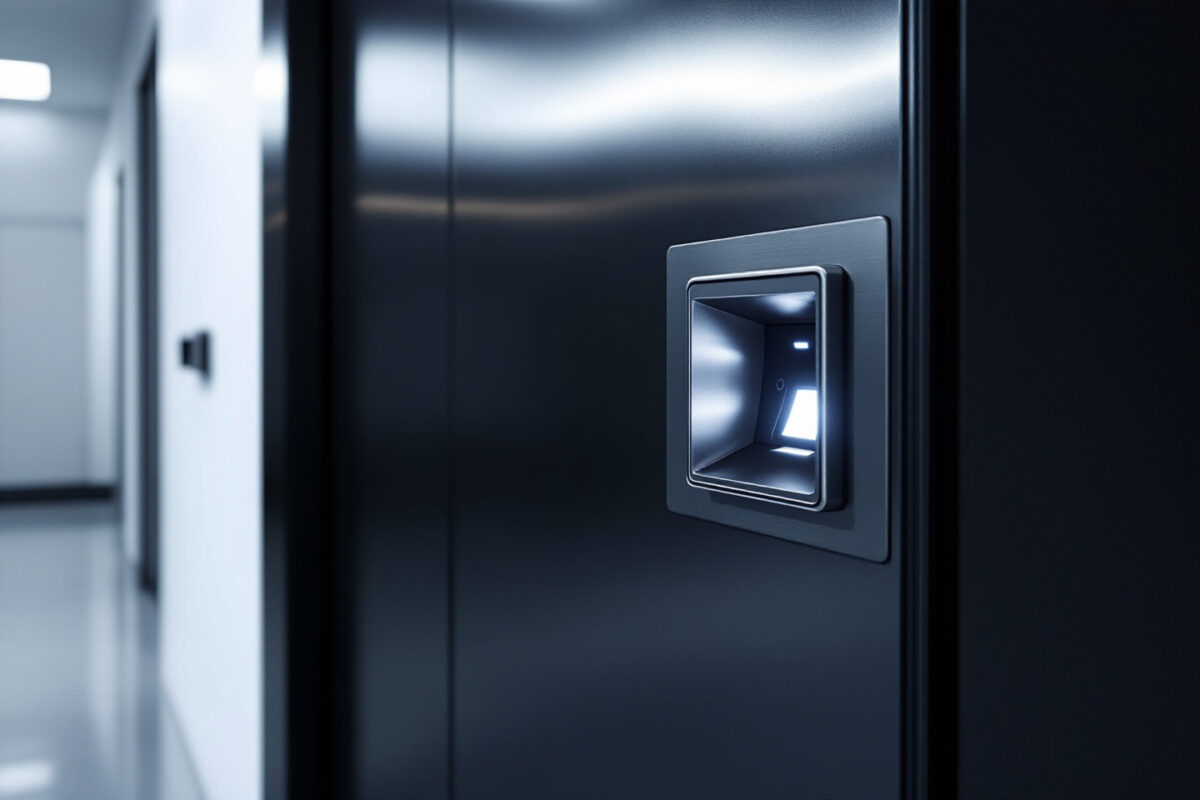Biometric access control isn’t a nice-to-have in high-security environments — it’s essential. When the stakes are high and accountability matters, only biometric authentication provides the certainty organisations need.
Let’s explore where biometric access control has the biggest impact — and why it’s becoming standard in critical sectors.
Why Traditional Access Control Falls Short
Access cards, PIN codes, and fobs rely on something a person carries or knows. That creates vulnerability:
- Cards can be lost or stolen
- PINs can be guessed, shared, or overheard
- Fobs can be cloned or misplaced
In most environments, these risks are manageable. But in high-risk facilities — where a breach could lead to loss of life, data, or critical operations — the margin for error disappears.
Where Biometrics Makes the Difference
Biometric access doesn’t rely on what someone has. It relies on who they are. That’s a fundamental shift in control.
Here’s where it matters most:
- Prisons and Detention Facilities
- Control access to restricted areas like evidence rooms or segregation wings
- Prevent staff from using each other’s credentials
- Improve accountability and event tracking
- Critical Infrastructure
- Substations, power plants, and SCADA control centres
- Combine biometrics with multi-factor authentication for full perimeter and interior access control
- Protect against internal threats and sabotage
- Government Facilities and Defence
- Sensitive zones, storage areas, armories, and secure IT suites
- Centralised auditing and real-time access monitoring for compliance and intelligence needs
- Healthcare and Laboratories
- Manage access to drug cabinets, laboratories, or patient records
- Prove who accessed sensitive materials and when
- Support clinical safety, data protection, and audit standards
- Finance and Data Centres
- Authentication for server room access or vaults
- Eliminate badge passing and tailgating
- Ensure audit trails for compliance with regulations like PCI-DSS or ISO/IEC 27001
Beyond Security: Compliance and Confidence
In many sectors, access control is also about satisfying regulatory expectations:
- Criminal justice: strict chain-of-custody requirements
- Utilities: audit logs for safety and operations
- Healthcare: compliance with CQC and NHS digital security standards
Biometrics simplify compliance by providing irrefutable proof of identity. Logs are specific to the person — not a badge that could be shared.
Choosing the Right Solution
Deploying biometrics in high-security environments requires careful selection:
- Choose readers that support gloves, PPE, and rapid authentication
- Look for vendors with proven integrations into your access control systems
- Ensure local and cloud audit capabilities with role-based access control
- Plan for high availability and redundancy
Conclusion
Biometric access isn’t just about tighter security — it’s about precision, control, and confidence. It ensures that only the right people are in the right place at the right time.
From prison gates to power plants, that’s not a luxury. It’s a necessity.
If you’re working on a site where traditional access control might not be enough, we’re here to help you upgrade without overhauling.
Let’s raise your security standards — intelligently.
